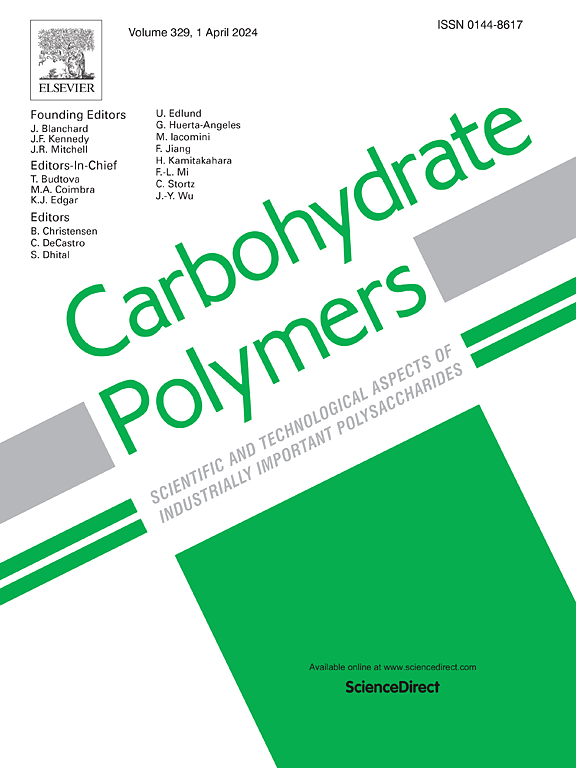3D printed emulsion gels stabilized by whey protein isolate/polysaccharide as sustained-release delivery systems of β-carotene
IF 10.7
1区 化学
Q1 CHEMISTRY, APPLIED
引用次数: 0
Abstract
The low bioaccessibility of β-carotene limits its application in the food field. 3D printed emulsion gels stabilized by whey protein/polysaccharide were constructed in our previous study, and the stability of β-carotene was improved. However, the release behaviour and bioaccessibility of β-carotene have not been thoroughly explored. This study aimed to explore the effects of different charged polysaccharides on the release and bioaccessibility of β-carotene from 3D printed delivery systems and to analyze their relationship with protein secondary structure. The results showed that the printed systems induced by adding xanthan gum (anionic) had lower degree of hydrolysis (DH) of protein and release of free fatty acids (FFAs), and lower β-carotene release and bioaccessibility. The printed systems induced by adding guar gum (neutral), locust bean gum (neutral) and gum arabic (anionic) exhibited higher DH of protein and release of FFAs (>91 %), higher β-carotene release (>93 %) and bioaccessibility (>30 %). The release of β-carotene from the printed systems during digestion conformed to the logistic model, with frame erosion and Fickian diffusion being main mechanisms. The digestibility, β-carotene release and bioaccessibility of the printed systems were positively correlated with β-turn content. The printed system with guar gum had the highest β-carotene bioaccessibility (33.95 %).
求助全文
约1分钟内获得全文
求助全文
来源期刊

Carbohydrate Polymers
化学-高分子科学
CiteScore
22.40
自引率
8.00%
发文量
1286
审稿时长
47 days
期刊介绍:
Carbohydrate Polymers stands as a prominent journal in the glycoscience field, dedicated to exploring and harnessing the potential of polysaccharides with applications spanning bioenergy, bioplastics, biomaterials, biorefining, chemistry, drug delivery, food, health, nanotechnology, packaging, paper, pharmaceuticals, medicine, oil recovery, textiles, tissue engineering, wood, and various aspects of glycoscience.
The journal emphasizes the central role of well-characterized carbohydrate polymers, highlighting their significance as the primary focus rather than a peripheral topic. Each paper must prominently feature at least one named carbohydrate polymer, evident in both citation and title, with a commitment to innovative research that advances scientific knowledge.
 求助内容:
求助内容: 应助结果提醒方式:
应助结果提醒方式:


